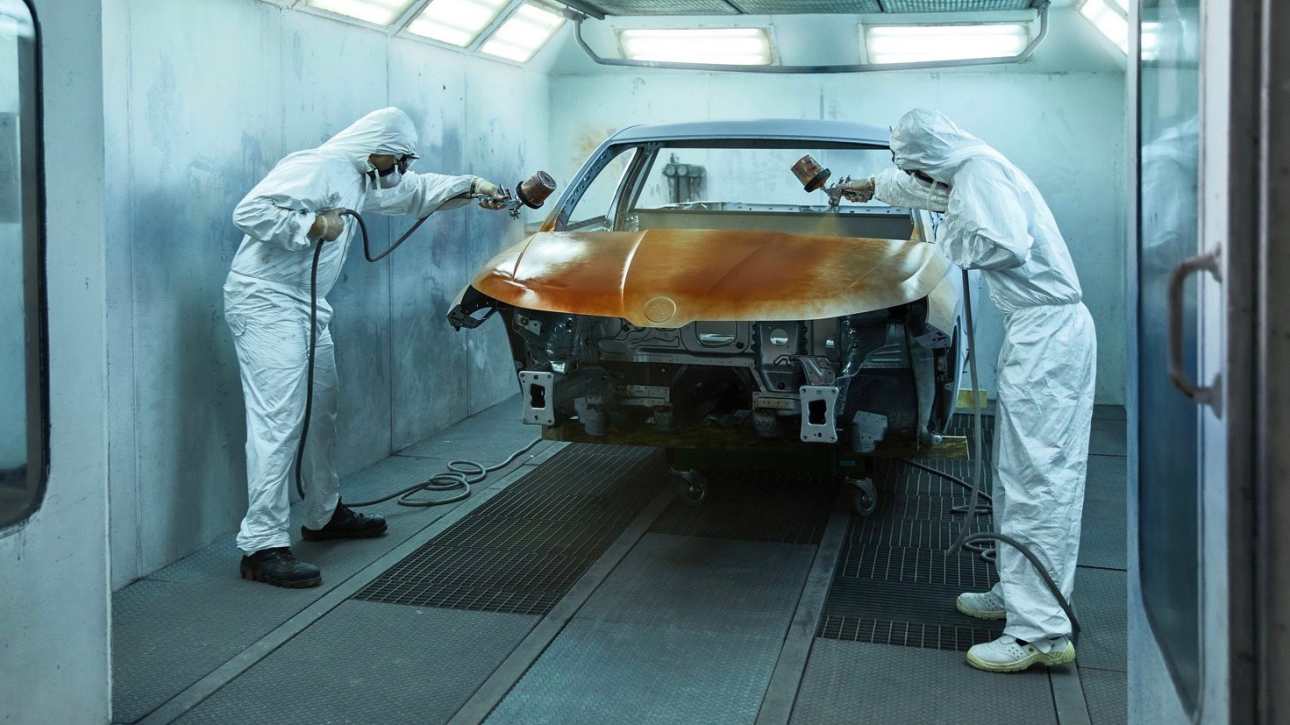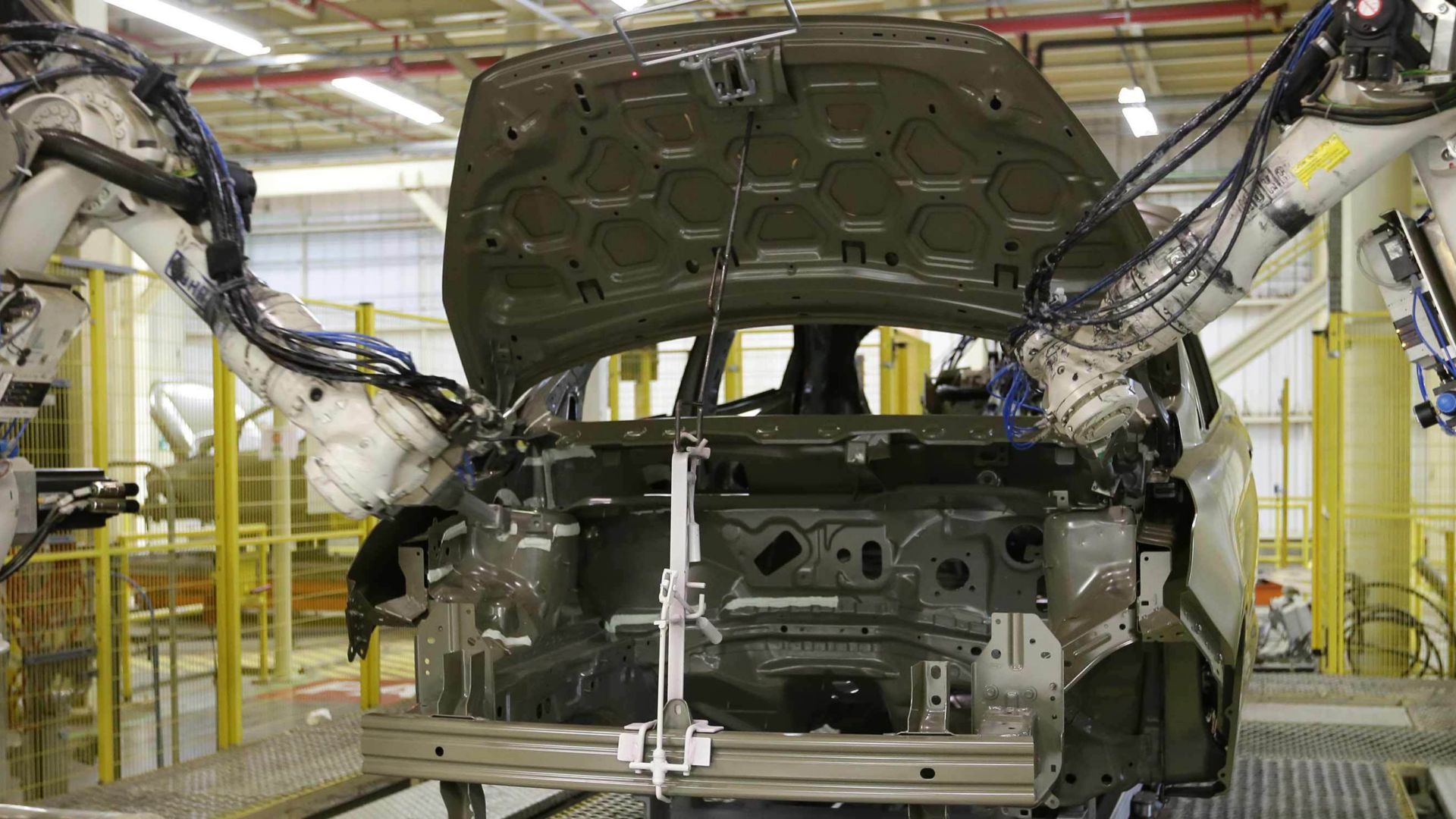
How to Blend Paint on Car for a Flawless Finish?
Share
Blending paint on a car can seem like a daunting task, especially for those who are not familiar with auto body repair.
In this article, we will discuss the essential steps, techniques, and tips on how to blend paint on car effectively. Car enthusiasts and tech professionals will find the insights useful for ensuring a perfect match with the vehicle's original paint.

Understanding the Basics of Paint Blending
Before diving into the techniques of blending paint, its crucial to understand the different aspects involved in the process. Blending paint refers to seamlessly matching new paint to the existing paint on your vehicle.
This often requires a keen eye for color and a precise application technique. The aim is to make the repaired area look as smooth and uniform as possible, eliminating any visible lines or differences in texture.
Gathering Your Tools and Materials
To start with, ensure you have all the necessary tools and materials ready:
- Automotive paint in the correct color
- Paint sprayer or spray cans
- Sandpaper (various grits)
- Masking tape and paper
- Clear coat
- Polishing compound
- Safety gear (goggles, mask, gloves)
Preparation Steps Before Blending
Proper preparation is crucial for achieving a quality finish. Follow these steps:
- Clean the surface: Wash the area thoroughly to remove dirt and grime.
- Sand the damaged area: Use sandpaper to smooth out any rough edges and ensure the paint adheres properly.
- Mask off the surrounding area: Use masking tape to protect other parts of the car from overspray.
- Identify paint codes: Check your vehicle's paint code to ensure you are using the correct color. This can often be found in the owner's manual or on a label inside the driver's door.
The Application Process: How to Blend Paint on Car
Now that you're prepared, its time to start the blending process:
- Apply a primer: If the area is bare metal, first apply a primer to ensure the paint adheres well.
- Mix the paint: Mix your paint thoroughly according to the manufacturers instructions.
- Test with a spray: Test the color on a separate surface before applying it to the car.
- Layer the paint: Begin applying the new paint in thin, even layers, allowing each layer to dry before adding the next.
- Blend the edges: Use a technique called 'feathering' to blend the edges of the new paint with the existing paint.
- Clear coat application: Once the paint has dried, apply a clear coat for protection and shine.
Polishing the Newly Blended Area
Once the clear coat has dried, the final step is to polish the blended area. Use a polishing compound and a buffer to achieve a glossy and smooth finish, ensuring it matches the rest of the car perfectly.
Common Mistakes to Avoid When Blending Paint
Even tech-savvy individuals can face challenges during the paint blending process. Here are some common pitfalls:
- Skipping preparation: Always prepare the surface well; otherwise, the paint wont adhere properly.
- Incorrect paint mixing: Ensure you follow the mixing instructions thoroughly.
- Lack of patience: Allow each layer to dry before proceeding; rushing can result in a messy finish.
Learn More about Other Car Maintenance Techniques
If you are keen on enhancing your automotive knowledge, check out these informative links:
Conclusion
Blending paint on a car requires a blend of patience, practice, and precision. By following the steps outlined above, you may restore your cars finish to its original glory, ultimately enhancing its value and appearance.
Remember: a successful blend hinges on meticulous preparation and application. Happy painting!

Frequently Asked Questions (FAQs)
- How long does blending paint take? Depending on drying times and preparation, blending paint can take several hours to a day.
- Can I blend paint without a professional spray gun? Yes, you can use spray cans, but a professional spray gun may provide better results.
- What if my paint doesnt match perfectly? Its important to test before full application. If it doesnt match, consider consulting with a professional.
